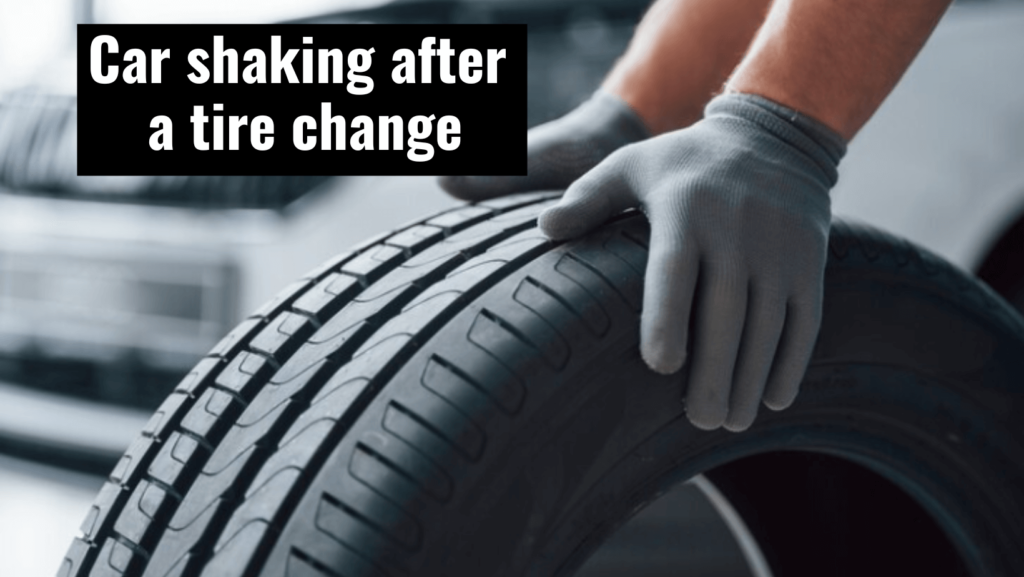5 Compelling Reasons Why buy used tires: A Comprehensive Guide
For a vehicle owner, tire replacements, cost, safety, and environmental impacts are major concerns. Purchasing affordable used tires requires considering all three factors. In this detailed guide, we will discuss all the benefits of buying cheap used tires, both for use and sale. We will also discuss how to inspect them and why they can be a better alternative to new tires. Let’s get began with the discussion; Do people buy used tires? If your current tires are worn or hit a pothole then you should immediately go ahead to used tires. Every car owner must purchase used tires at least once in their life. It is because using tires is perfect when you want to buy tires by spending a minimum amount. Benefits of Buying Used Tires Following are some benefits that you will get if you purchase used tires; · Save Money: Used tires can cost you less than 80% comparatively the new ones. This will make a budget-friendly option for budget-conscious drivers. For example, if brand new tires cost you around $100 to $500 depending upon the brand category then the used tires or second-hand tires for the car may only cost you $10 to $125. You can easily find used tire deals now as there are so many used tire shops available both locally and online. · Quality Assurance with certified used tires: High-quality certified used tires from reputable retailers such as Discount Tires, Les Schwab Tire Centers, and Costco Tires ensure you a defect-free material. Purchasing these safe used tires from these reliable sellers guarantees you a reliable driving performance and provides you warranties as well. · Eco-Friendly Tires options: Choosing eco-friendly tire options by selecting recycled tires reduces environmental waste. Purchasing quality used tires from brands helps you contribute to sustainability by extending the lifecycle of these premium products. When Should You Buy Used Tires? Used tires are a smart option for these three described situations; · Replacing worn tires: Driving on bald or damaged tires is dangerous and puts your life at risk. In such circumstances, purchasing budget used tires can ensure you remain road-safe driving without disturbing your bank. · After Pothole damage: Potholes can damage your tires. If you are stuck in likewise situation then you can just change one tire with the cheap used tire instead of changing the whole set of four tires. This is a cost-effective solution but make sure to discuss it with the manufacturer first. · Passing State Inspections: States often require a certain tire tread depth to pass inspections. In this regard, used tires are a quick fix to avoid hefty fines. How to Buy the Best Used Tires Near Me? Finding the best second-hand used tires for cars near you starts by checking local tire shops or you may also try to buy used tires online. Trusted retailers like Tire Rack and Pep Boys may help you to pick up or deliver the best options for you on your doorsteps. Here are a few things that you should check while purchasing the best-used tires for your vehicle; Tire Size: verify the side of the tire by checking the sidewall. On the sidewall of the tire, there is a code like “P225/65R17 that will ensure you that it fits on your vehicle or not. No matter whether you need used tires for SUVs, trucks, or sedans, selecting the correct size is crucial. Tire Depth: Adequate tire depth is also needed to ensure high-quality performance in icy or wet conditions. New tires have approximately 10/32” depth while a certified used tire that does not have any danger to use has at least 5/32” depth. This is also safe to use in most of the driving conditions. Are Used Tires Safe to use? Purchasing certified used tires from a reputable dealer is completely safe. These reputed dealers thoroughly inspect each tire to ensure safety standards at their end first and then sell it to the customers. The process of checking includes; · Checking for the surface damage. · Measuring the tread depth for performance and safety. · Ensuring no structural issues in the bead. · Checking the tire age as more than 6 years of tire age is not recommended. How to Inspect Used Tires? Before going to purchase, you must go through this checklist for inspecting used tires; · Check the thread depth and make sure it is not less than 2/32”. · Look for visible changes like cuts, punctures bulges etc. · Check the dot code to find the age of the tire. Make sure that the used tire age is not more than six months. · Ensure the sidewall markings and tread wear rating that is aligned with your vehicle’s needs. Where to Buy Used Tires? If you’re looking to buy used tires in bulk or individually, then you should consider these options in your priority list; · Discount Tire and Sam’s Club Tires: These are for large inventories and great deals on premium second-hand tires for cars. It provides high quality used tires to its customers. · Tire Rack: This mentioned online platform makes it easy to buy used tires online and have them directly on your doorstep. · Auto salvage yards: These often offer incredibly cheap used tires for sale, though it’s essential to verify quality before purchase. This will help you to ensure the safety. The Bottom line Purchasing used tires is an eco-friendly choice for most car owners. With top-ranked used tires retailers that provide certified used tires, help you to save up to 80% with warranty, reliability, and safety. Whether
5 Compelling Reasons Why buy used tires: A Comprehensive Guide Read More »





